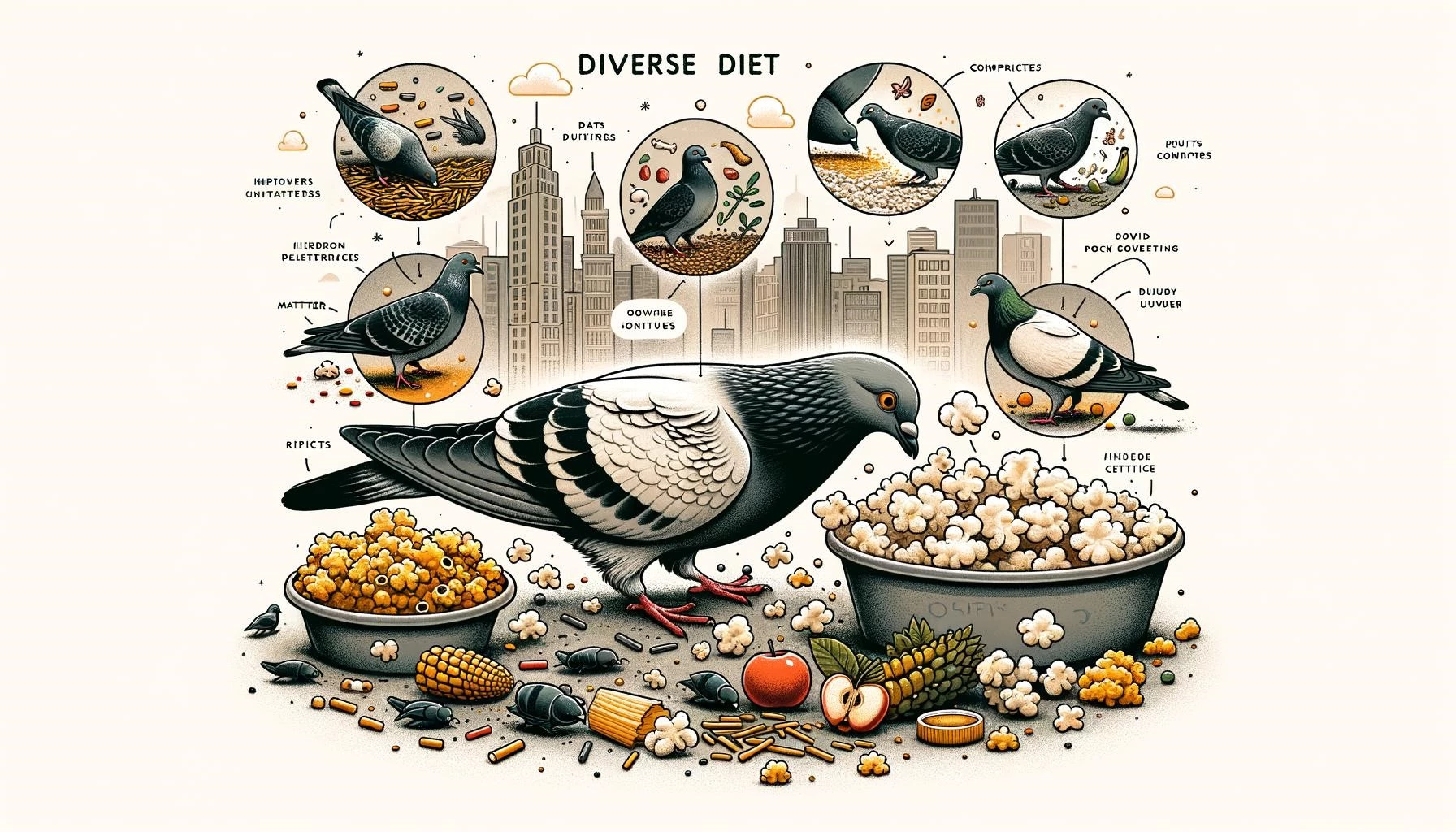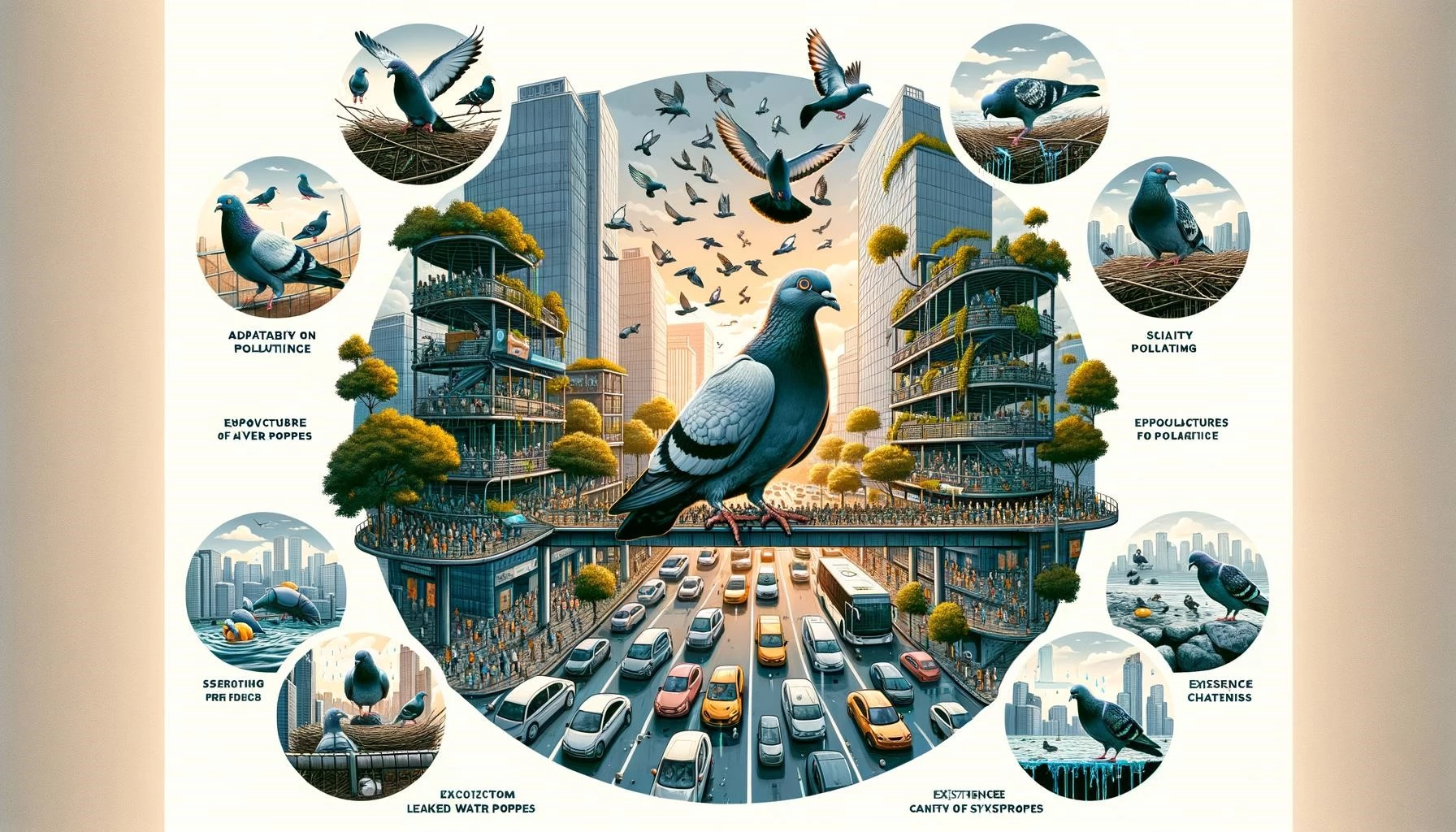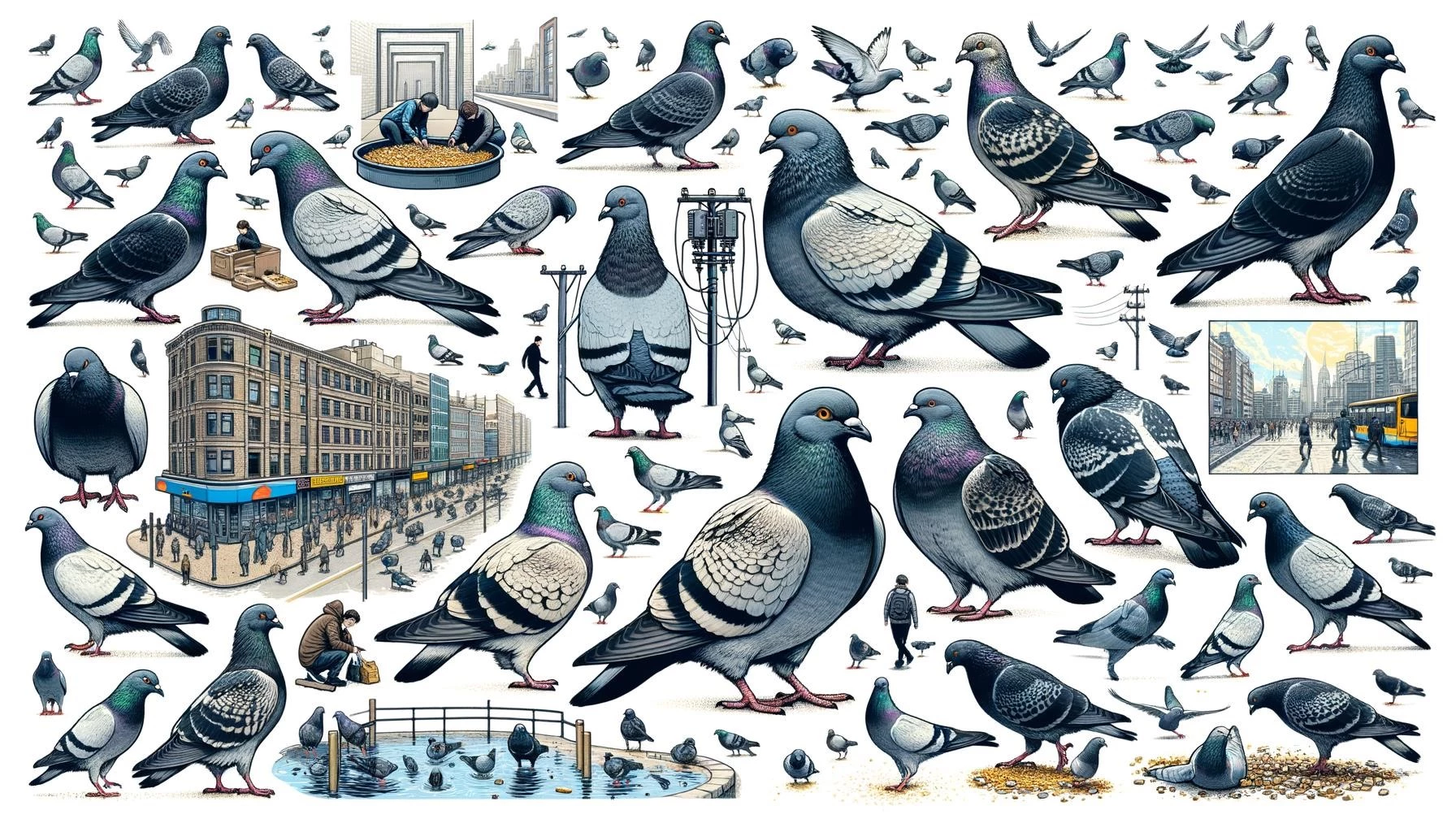Key Takeaways
– Pigeons are highly adaptable birds that can thrive in both urban and rural areas.
– Cities provide pigeons with abundant food sources, leading to feral pigeon populations in urban areas.
– Climate change and urbanization are impacting pigeon habitats.
– Pigeons build nests in various locations, including cliffs, buildings, and trees.
1. Adaptability of Pigeons
Pigeons, also known as rock doves, are highly adaptable birds that can thrive in a variety of habitats. They are widely distributed and can be found in both urban and rural areas worldwide. Originally, pigeons were found in southern Europe, western Asia, and northern Africa. However, they have been introduced to numerous regions, including Europe, Asia, Australia, Africa, and the Americas.
One of the reasons pigeons have been able to adapt to various environments is their opportunistic feeding behavior. They can eat a wide range of food, including grains, seeds, fruits, vegetables, insects, and even human garbage. In urban areas, the abundance of garbage provides pigeons with a constant source of food, enabling them to thrive in cities where other wildlife may struggle.
2. Impact of Climate Change and Urbanization
Climate change and urbanization are significant factors affecting pigeon habitats. As temperatures rise and weather patterns change, pigeon populations can be impacted. Changes in temperature and humidity can affect their food supply and breeding success. Additionally, urbanization and the expansion of cities can result in the loss of natural pigeon habitats, reducing their access to suitable nesting sites and resources.
Global warming and climate change can affect pigeon populations across the world. The changes in temperature, humidity, and weather patterns can disrupt their natural habitats and food sources. As cities expand, natural pigeon habitats are being lost, which can further reduce their access to resources and nesting sites. This loss of habitat can have negative consequences for pigeon populations.
3. Nests and Habitat Selection
Pigeons choose nesting sites in sheltered nooks and crannies on buildings, cliffs, or trees. They construct simple nests from interwoven twigs, grass, feathers, paper scraps, or other debris. Pigeons are not choosy when it comes to their habitat and can be found in urban settings, rural areas, and everything in between. Natural habitats for pigeons include cliffs, caves, trees, and even open fields.
In urban areas, pigeons often utilize man-made structures such as ledges and structures on buildings, as well as areas under bridges, for shelter and nesting spaces. These locations provide feral pigeons with suitable habitats in urban environments.
It is worth noting that pigeon populations can vary depending on the location and availability of resources. In some areas, pigeon populations have declined due to factors such as hunting, habitat loss, and urban development. However, in other areas, pigeon populations continue to thrive due to the abundance of food and suitable nesting sites.
Overall, pigeons are highly adaptable birds that can survive in a variety of habitats, including urban environments. However, the loss of natural habitats and the impact of climate change pose challenges to pigeon populations. Conservation efforts and the preservation of suitable nesting sites are important for the long-term survival of pigeon populations.









